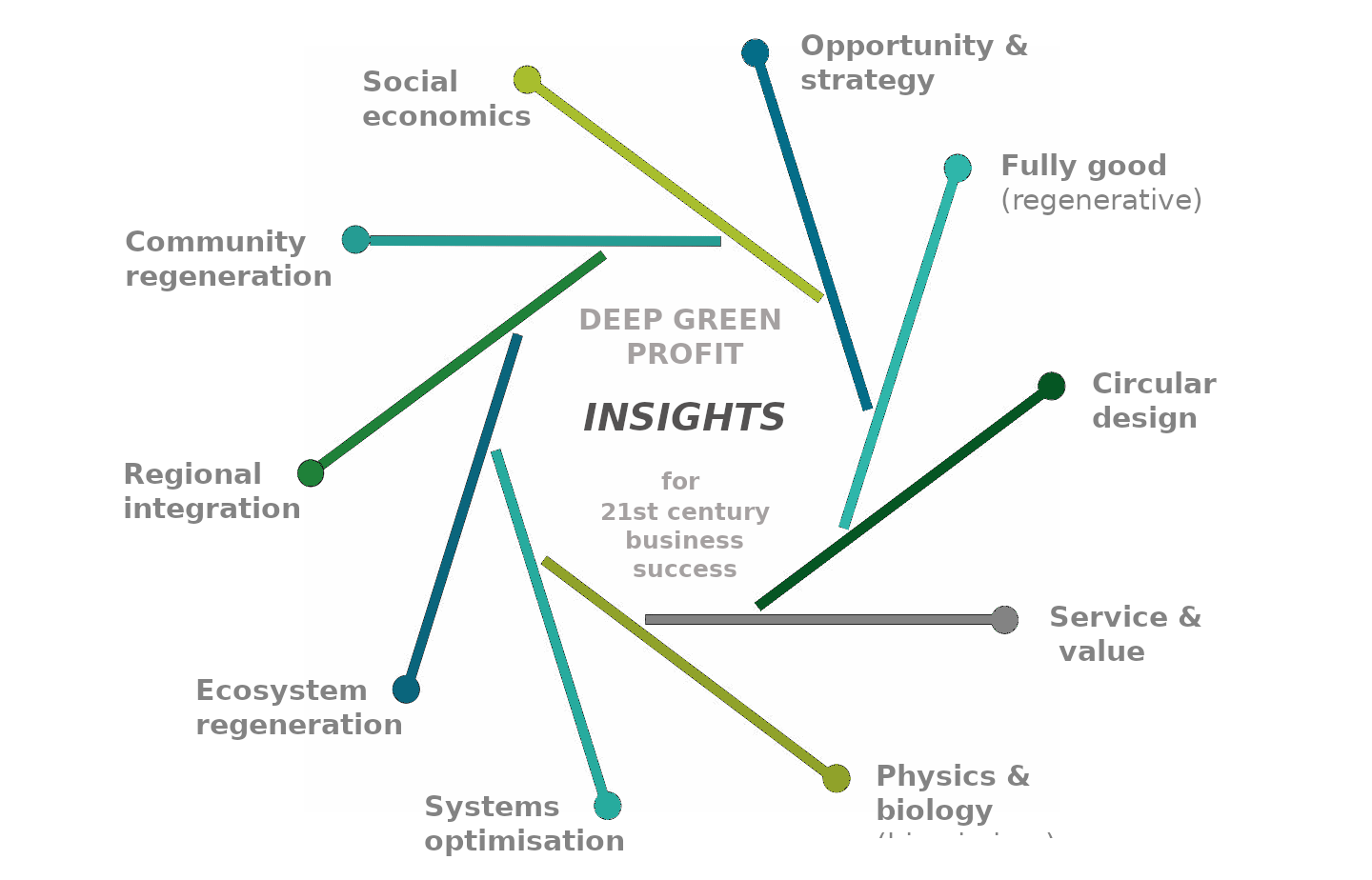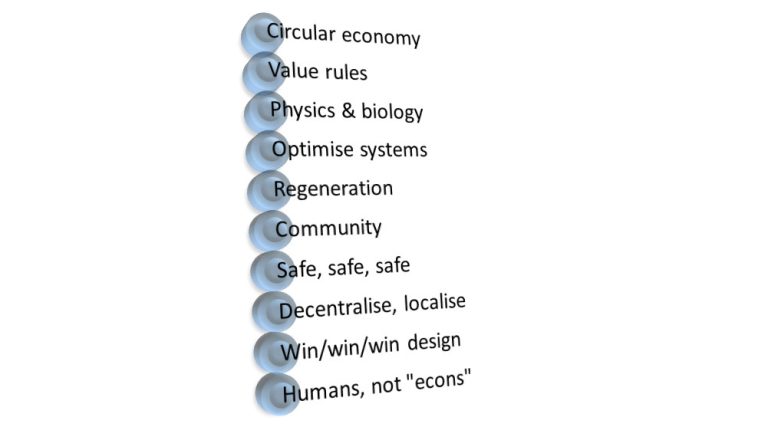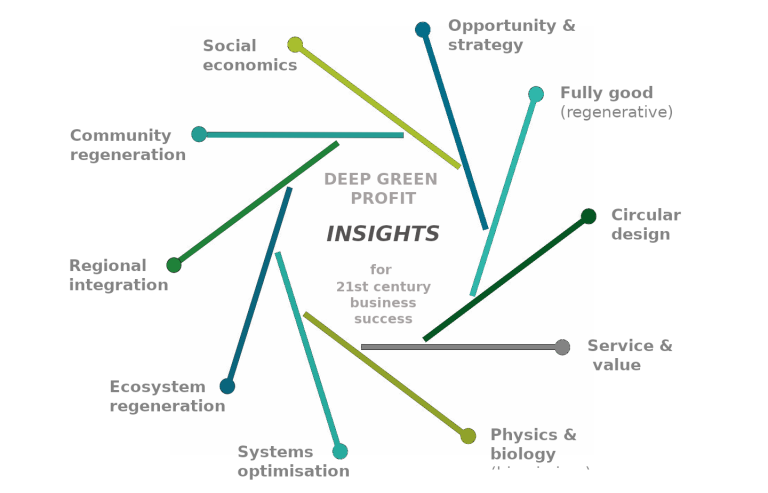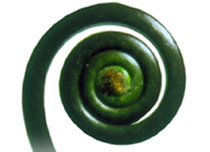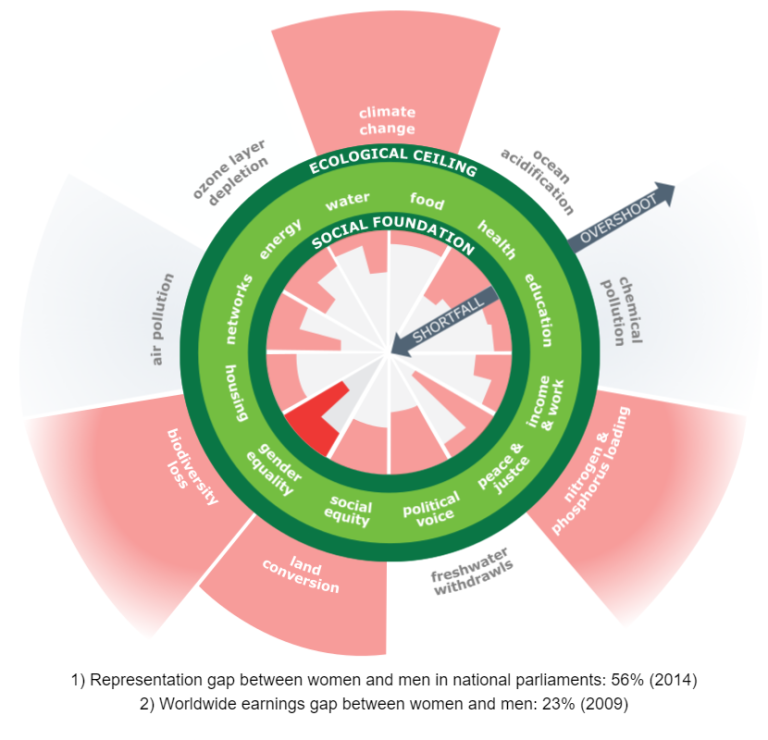Beyond soap and steam – industry efficiency by nature
The Industrial Revolution started with soap and steam engines. We learned how to use continuous chemical reactions to turn fats into soap. We learned how to use coke to smelt iron at scale.
It was a technology revolution primarily powered by the steam engine – removing the limitation of muscle power (horse or human). Its thinking evolved from the blacksmiths shop and from wood working. Cut and pound, smelt and weld.
Chemical engineering also took a step forward during the Industrial Revolution. High-volume chemical processes were developed to produce the soda ash required to make glass and soap. Parallel advances in organic chemistry led to the production of synthetic dyes from coal for textiles.
A high-impact heritage
The core processes of industrial design we have inherited – mechanical and chemical engineering – were formed in that crucible. They are typically energy intensive and deliver multiple wastes along with useful products.
A surprising amount of industrial engineering today still reflects the blacksmith’s shop and the chemistry lab.
Over time, we moved from the anvil to robotic welders and from pounding ingots by hand on an anvil into commercial steel rolling – but a lot of industrial production still uses high-energy processes and produce substantial waste.
3D printing and it’s big industry brother additive manufacturing are just beginning to change this approach.
Traditional chemical engineering can also be energy-intensive and waste-producing. Typically, they use heat and pressure to cause reactions that shift and shape molecules and then separate them into desired and undesired (waste) products.
Humans think in habits
Our thinking about process design has often been limited to re-applying techniques that we already know.
For example, think about our key approaches for purifying water. The ones we mainly apply are:
- Using chemical biocides to poison bacteria.
- Using chemical surfactants to increase its wetting capacity.
- Use mechanical filters to remove foreign particles, requiring energy to force water through them.
- Applying heat to boil water for extended periods to kill the pathogens in it.
Similarly, when we think about weed control, we often think “big, mechanical and chemical”. It’s a common practice to slash weeds down and then spray the regrowth with poisons.
Nature’s low-energy technology – physics and biology
There are alternatives to traditional, high energy mechanical and chemical engineering – and lots of them.
Nature has been designing products and processes that work at room temperature using only renewable energy and renewable materials for millennia. Humans have increasingly been applying these smart design principles in recent decades.
- Velcro was developed by studying how grass seeds hook into your socks.
- Smarter swimsuits have been designed by studying how sharkskin reduces friction.
- Water purification technology is now commercially available that leverages nature’s whirlpool and tornado vortex processing to make water cleaner and wetter.
Biomimicry and industrial design
The study of how to leverage the best of nature’s design is now formally recognised in the term biomimicry. The idea was developed by Janine Benyus and explained in her book “Biomimicry. Innovation Inspired by Nature”, as well as in online resources.
Carpet tile designers at Interface were sent out to observe a forest and come up with new pattern designs for their carpet tiles They observed that the floor of the forest was beautiful – but random. So they developed carpet tile designs “like the forest floor” – and it was a financial winner.
When you design carpet tiles with random patterns, you vastly reduce wastage, because any tile can go with any other tile, in any direction. It has a whole lot of other benefits, including minimizing the QA costs of rejects and providing greater ease of maintenance as a damaged tile can be replaced with any other tile.
Process design as well as product design is open to biomimicry-based innovation. Kevlar is made by boiling fossil fuel materials in strong acid at 400 degrees. Spiders make a thread just as strong in their bellies at room temperature. Recent technology developments include growing artificial spider silk from yeast.
Energy by nature
To date, the Industrial Revolution has been largely powered by coal and – more recently – oil. However, moves are well under way to make it renewably powered.
While the mainstream press worries about renewable energy reliability, entrepreneurs are leveraging renewable energy in industry, including a solar-powered steelworks in Whyalla, South Australia.
Water efficiency and purification technology is also moving beyond traditional engineering approaches. Blue Economy vortex processing technology – reported in 2010 as “high potential”- is now in commercial use across Europe and America, reducing energy demand, water usage and chemical usage.
The technology is based on studying how rivers and cyclones clean and process water using whirlpools to break down biological contaminants and remove unwanted air bubbles. It provides low-energy water processing and limescale protection in homes, commercial buildings and industry.
Carbon sequestration by nature
There is increasing, substantive evidence that highly cost-effective carbon capture and storage solutions already exist naturally – regenerating forests, renewing wetlands, improving farming soil, farming seaweed and even restoring oyster beds that capture carbon in the oyster shells.
Questions for entrepreneurial thinkers
Where are there resource-intensive mechanical and chemical engineering solutions in your business environment?
What could be some biomimicry-based product and process solutions might you be missing out on?
What entity in nature might your product/process be “like”?
Are there problems you’re approaching with “slash, burn and poison” thinking?
How could you look beyond traditional engineering and explore what physics and biology might offer?
Links and resources
Janine Benyus’ book “Biomimicry” is well worth reading and can be found online as well.
Or listen to her explaining the field in this TED talk.
If you’re into the Interface story of radical industrialism, Project Drawdown on reversing global warming then this talk with her and Paul Hawken will integrate their stories, inspire you and warm you spirit.
The websites AskNature and Biomimicry3.8 are worth exploring, too.

